Collar or harness: Which is better for greyhounds?

Greyhounds are known for their lean, muscular bodies and long necks, which should be taken into account when choosing the right collar or harness. Both options have advantages and disadvantages to consider. When making a decision, it's important to consider not only personal preference but also the product's intended purpose and the dog's activity level. To help you decide, we'll provide concise and concise information in this blog. This will help you make the best choice for your greyhound.
collar
A collar is the more traditional choice for dogs and can be found in a variety of materials, sizes, and designs. A collar provides an easy way to keep your dog on a leash. Choosing the right material is essential to creating an optimal wearing experience for your beloved four-legged friend. Here are some advantages and disadvantages of a collar.
Advantages:
- Collars are the easiest and simplest way to keep your dog on a leash
- A collar can not only shine in its function due to the variety of designs, but can also be a beautiful accessory
- Special collars for greyhounds usually have the right width and a pillow-like padding for a feather-soft feel.
- Collars offer a high degree of freedom of movement as they require little space on the body.
Disadvantages:
- Collars can put strain on the dog's neck if the leash is pulled hard and can even cause injury.
- Most collars are designed to fit a wide range of dogs and are not specifically designed for greyhounds.
- Hard materials and narrow collars can cause serious injuries to the larynx area.
- Collars can therefore make breathing difficult and put strain on the dog's neck when he pulls on the leash.
For a greyhound or greyhound-like dog with a long neck, a wide collar with cushion-like padding is recommended. This ensures that the force is optimally distributed across the entire neck area when correcting the dog, preventing pinching.
Dishes
A harness provides a comfortable and secure way to walk your greyhound on a leash. It's available in a variety of materials, sizes, and designs and can help reduce pulling on the leash. Just as with collars, choosing the right material is crucial. In addition to their functionality, greyhound harnesses can also make your dog look more attractive. Here are some of the advantages and disadvantages of a harness.
Advantages:
- A harness is safer than a collar and can significantly reduce pulling on the leash.
- A harness can be more comfortable for the dog and, if chosen correctly, offers maximum freedom of movement.
- For longer trips in nature, it is by far the best and safest option to lead your dog.
- It can help control the dog and guide its movements. It's therefore ideal for leash training, strengthening the human-dog bond.
Disadvantages:
- Some conventional harnesses can chafe or rub and make the dog uncomfortable because they are not specifically designed for greyhounds.
- Difficulty putting on: Some dogs may feel uncomfortable or even refuse to put on the harness, which can become a tedious process for the owner.
- Some dogs have skin problems, which can cause additional irritation using a harness.
Greyhounds or greyhound-like dogs have a unique and distinctive physique with a deep chest. Most dog harnesses are designed for a wide range of dogs and not specifically for greyhounds. However, a special harness is crucial for your furry friend, as the fit is precisely engineered for their body type and will therefore not slip. This way, you can prevent discomfort. With a special greyhound harness, most of the disadvantages of conventional harnesses disappear!
It is best to have both options
While harnesses are often preferred for greyhounds due to their body shape and activity level, there are advantages and disadvantages to both options. It's important to consider your dog's needs and preferences to make the best choice.
According to a Tufts University study published in the journal Frontiers in Veterinary Science in 2019, collars were responsible for neck-related injuries in 26% of dogs treated by veterinarians. In comparison, harnesses were responsible for only 2.7% of injuries. These figures suggest that harnesses are generally safer for dogs than collars.
Nevertheless, dog owners shouldn't forego collars, as they offer significant benefits. One way to take advantage of both options is to have a harness and a collar, switching between them depending on the dog's activity and situation.
If the dog is to be walked on a leash, a harness may be a better choice, as it reduces pulling on the leash and makes the dog more controllable. If the dog is moving freely in the yard or park, a collar may be more comfortable and practical.
Overall, there are pros and cons to both options, and it is important to consider the dog's needs and preferences. A combination of a harness and a collar is almost certainly the best way to get the benefits of both.
Our special collars and harnesses for greyhounds not only offer a perfect fit, but also maximum comfort for your pet. They'll also help you enjoy a more relaxed walk. Browse through our products and order the best possible equipment for your greyhound today!

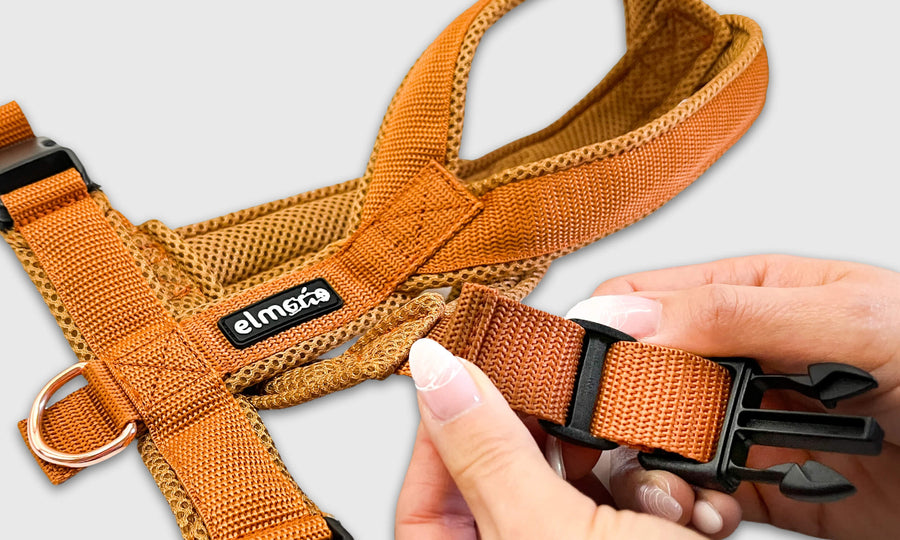
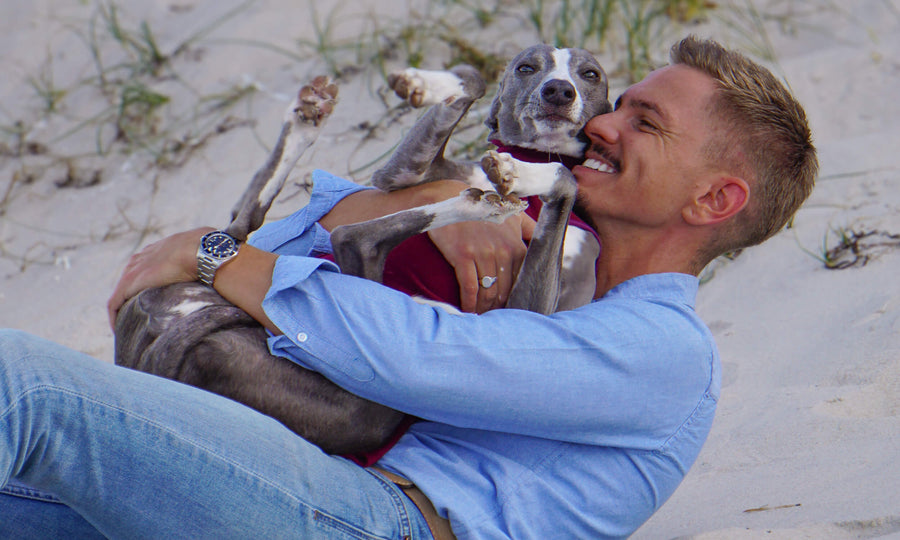





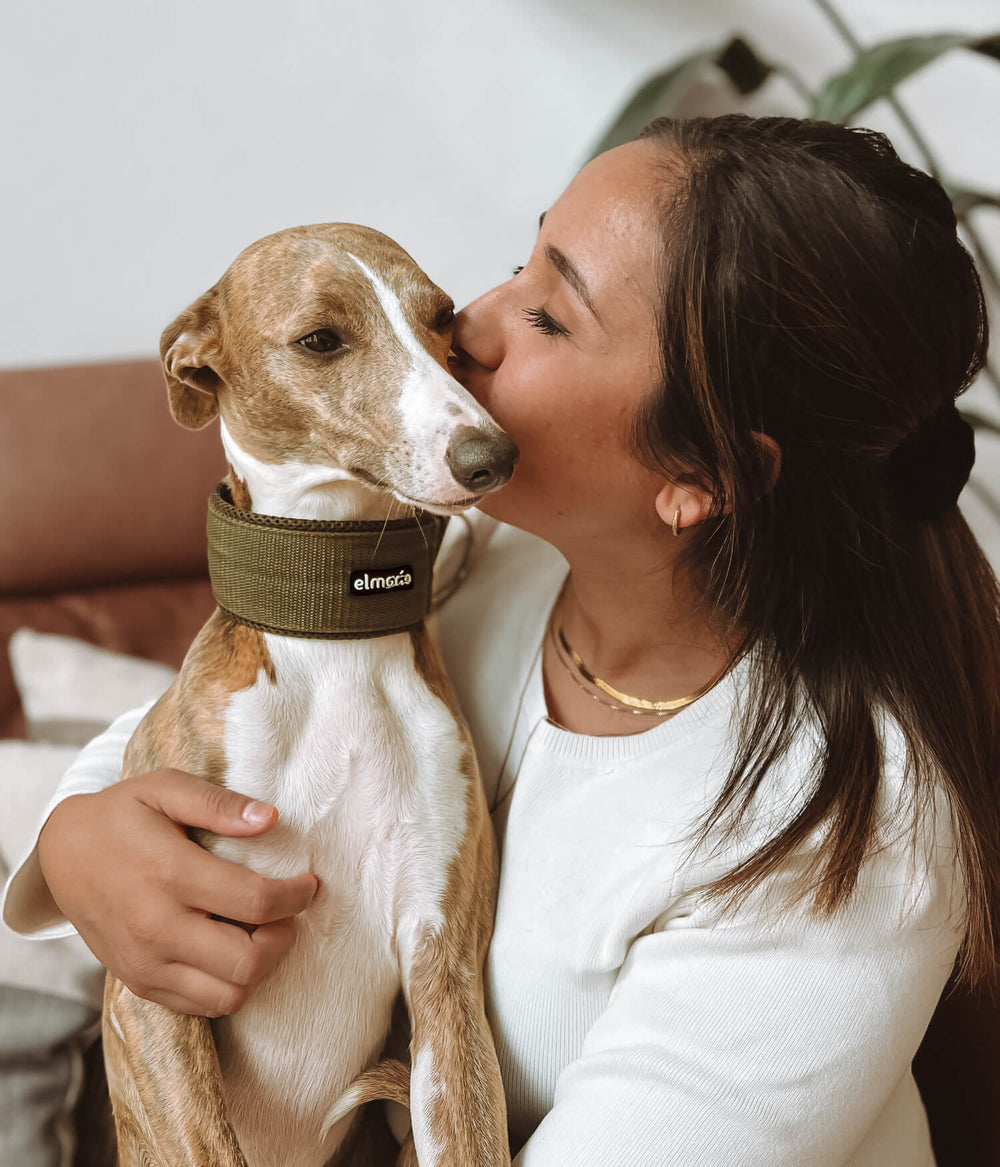
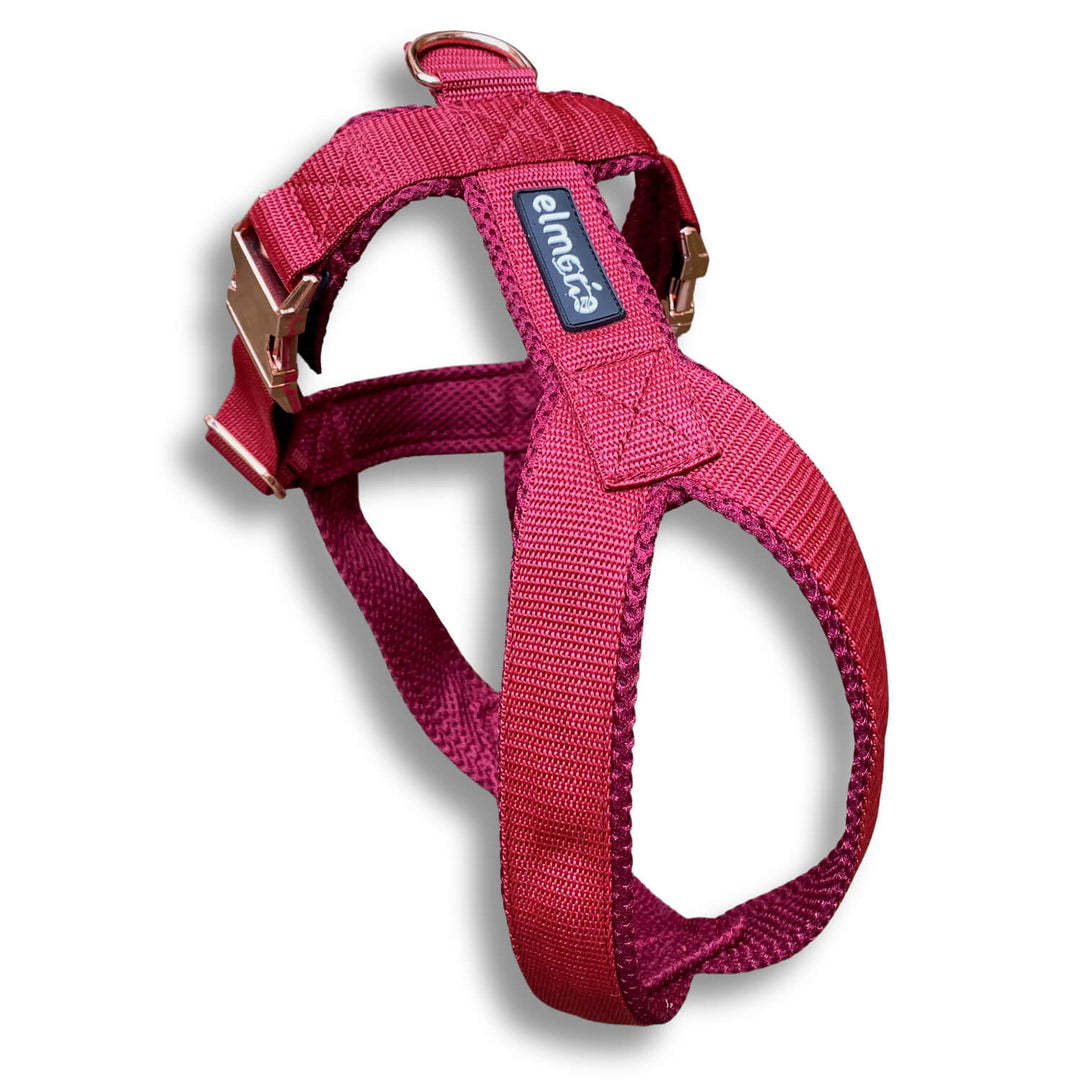
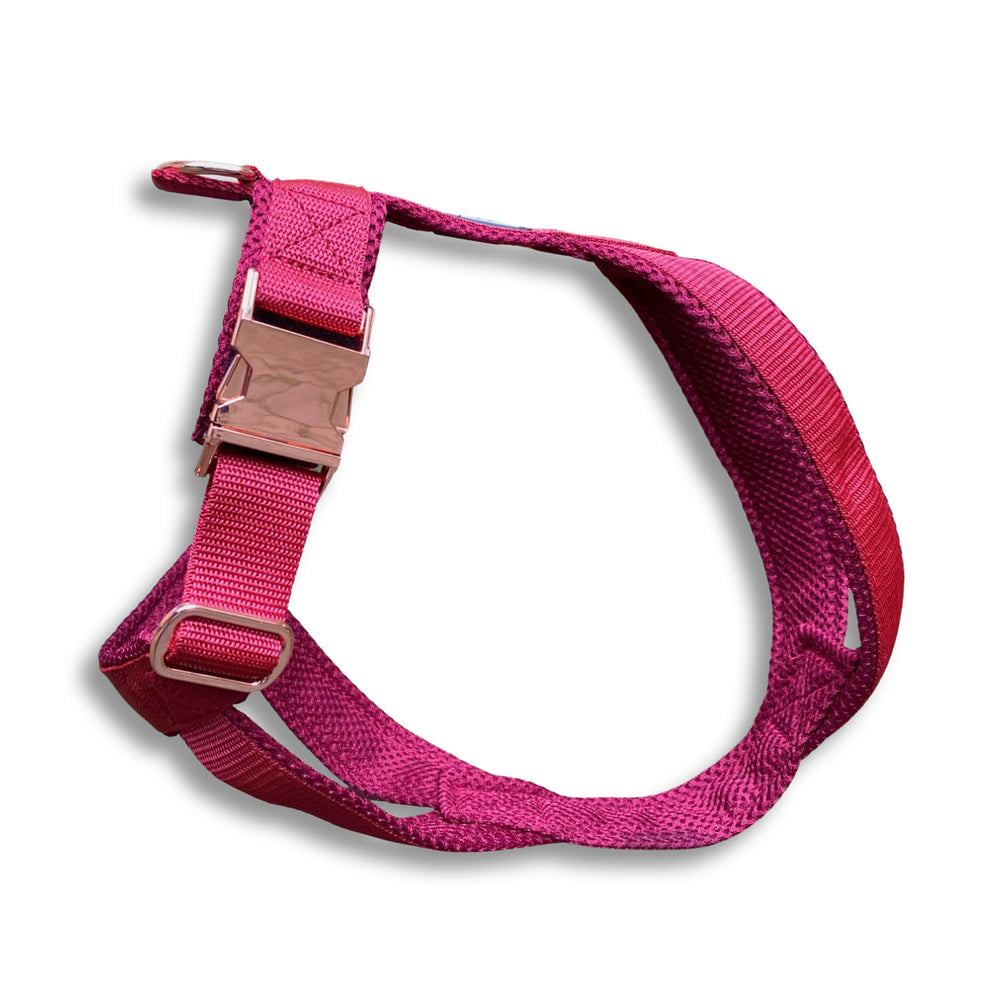
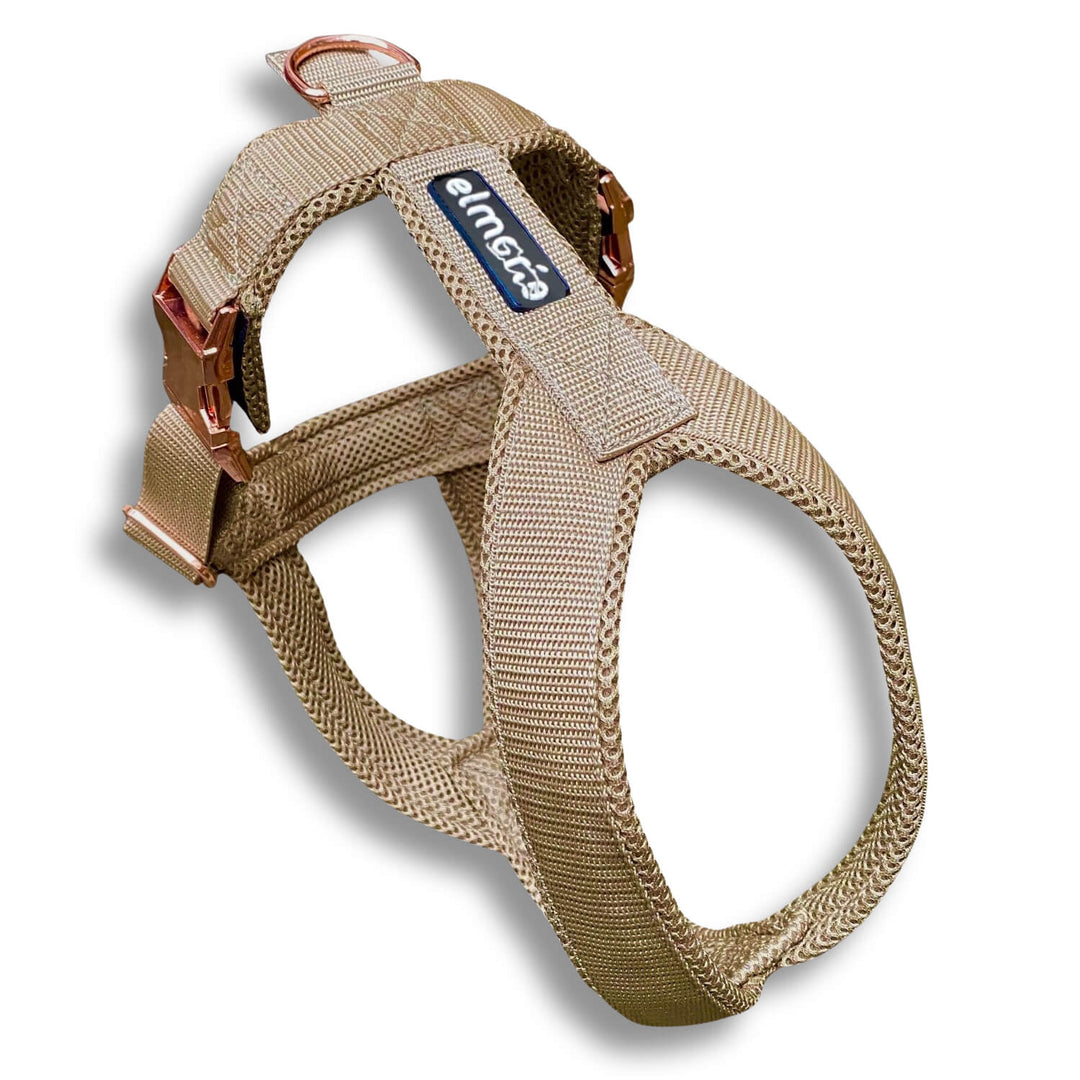
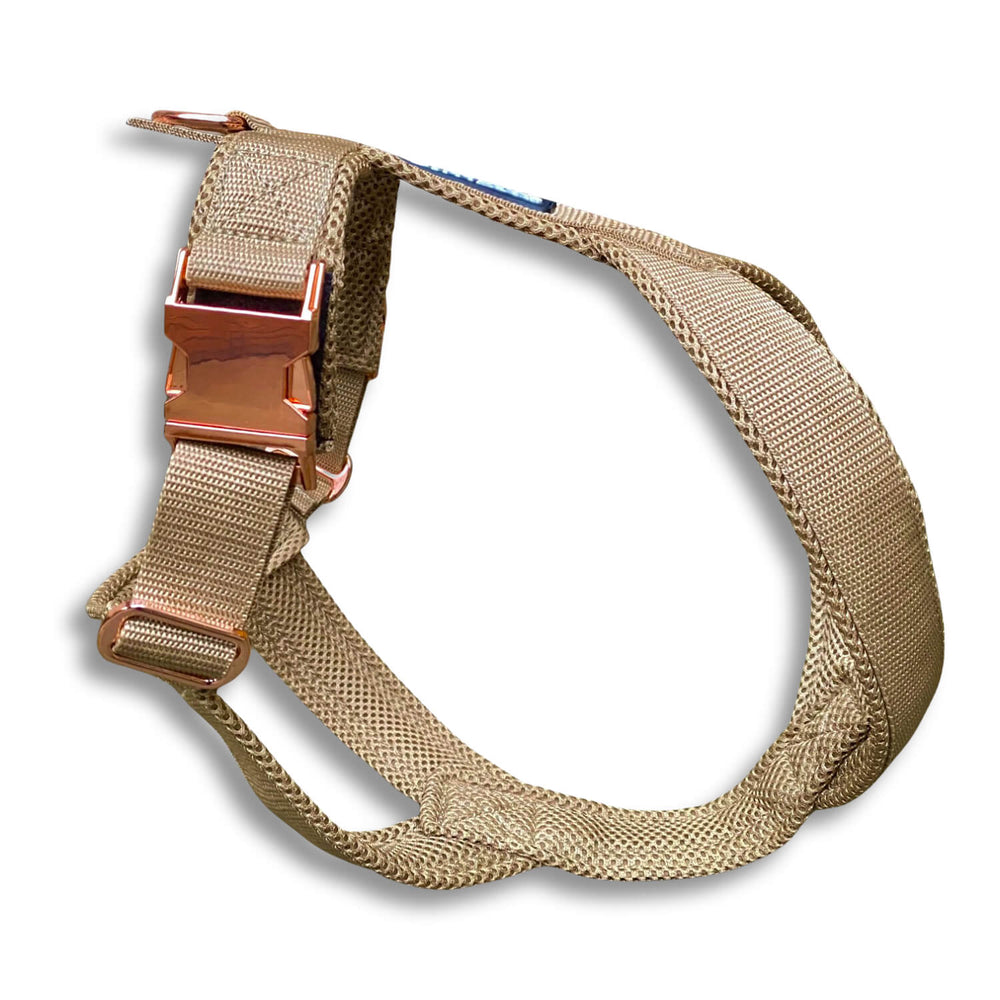
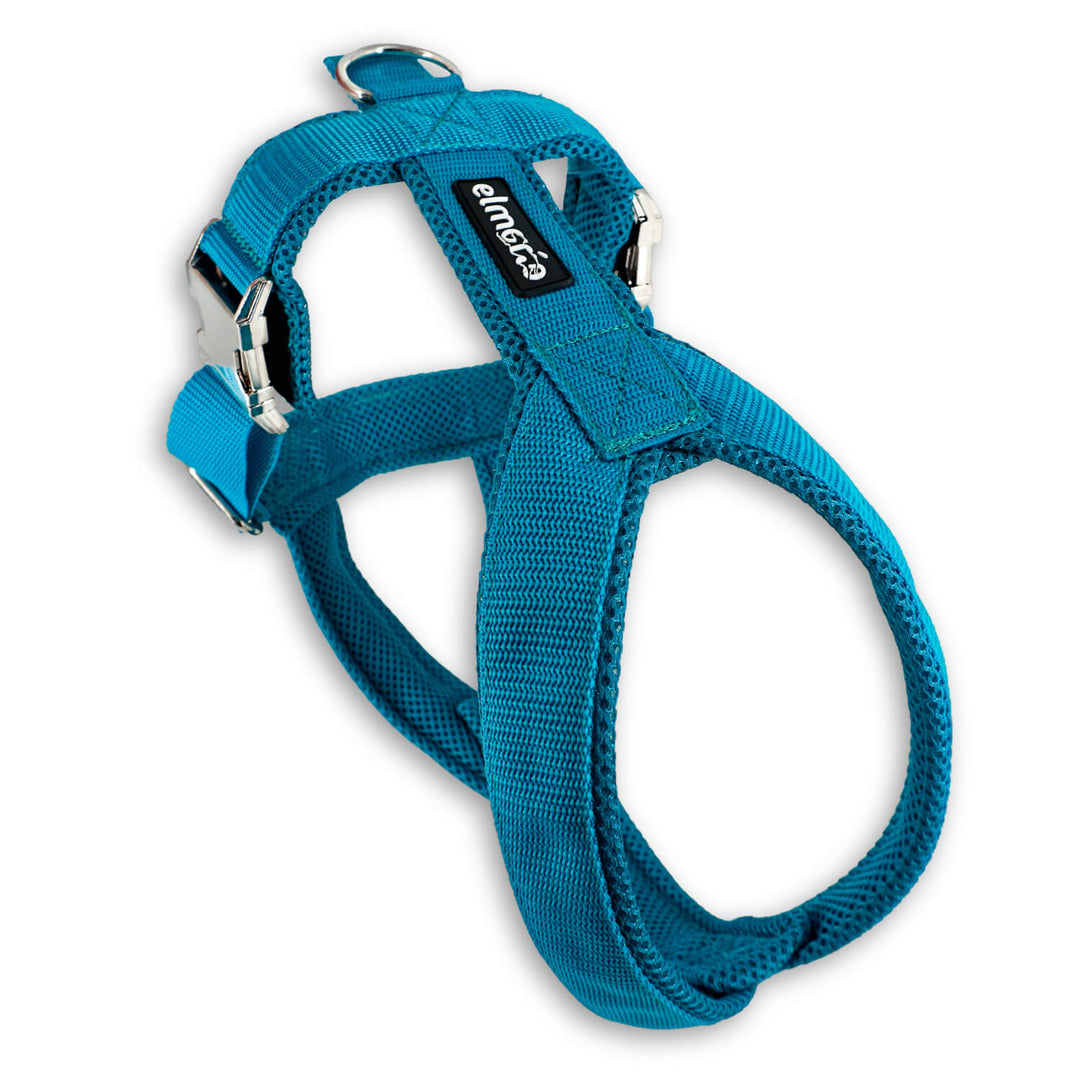
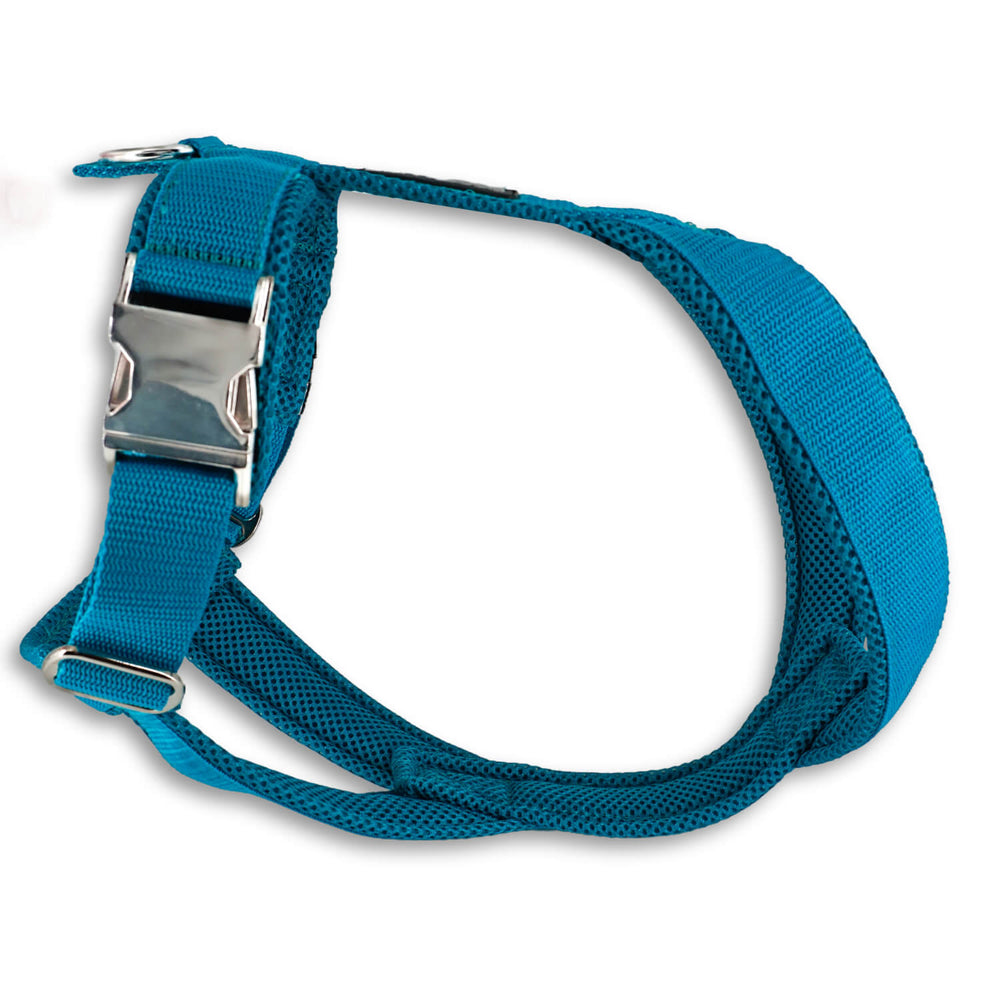
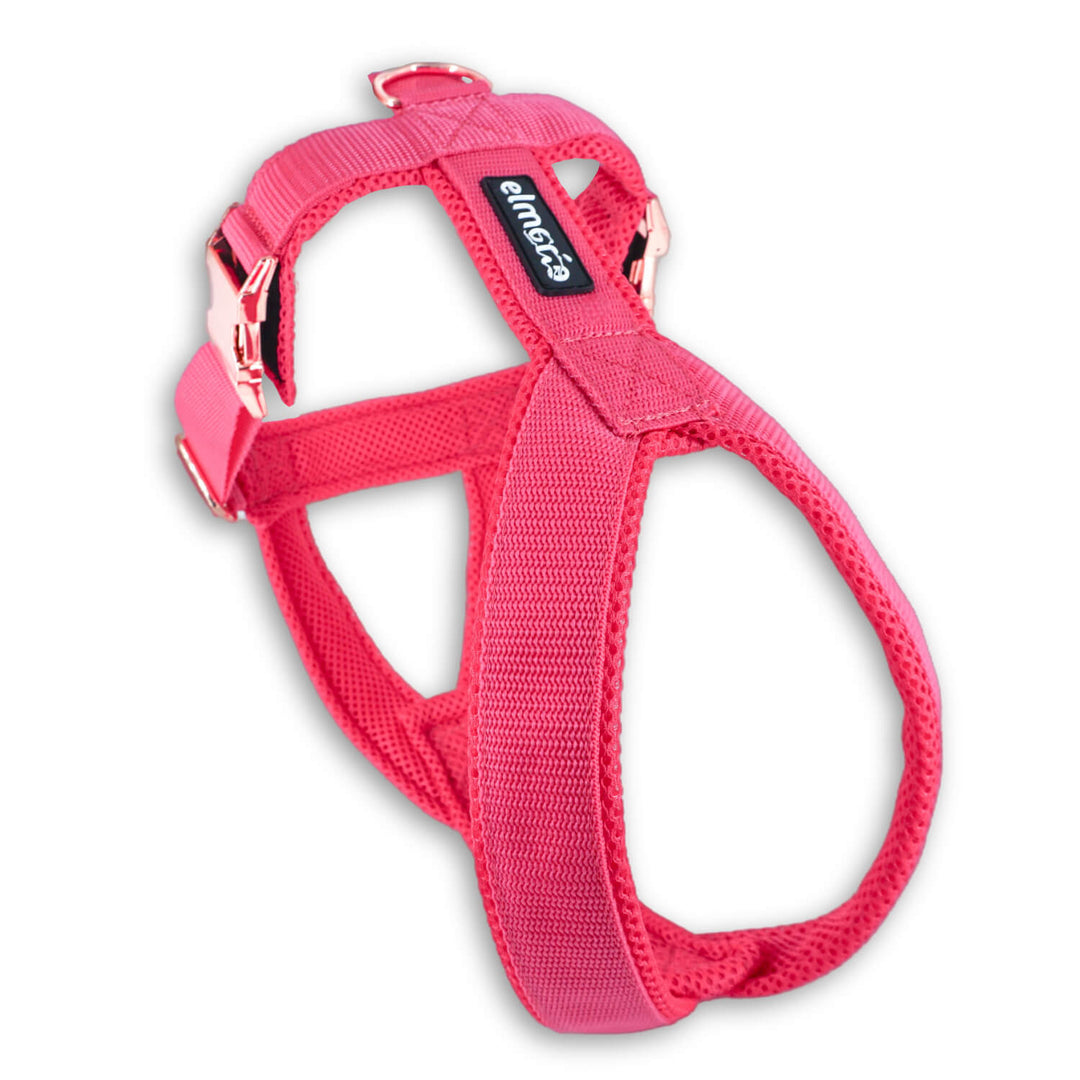
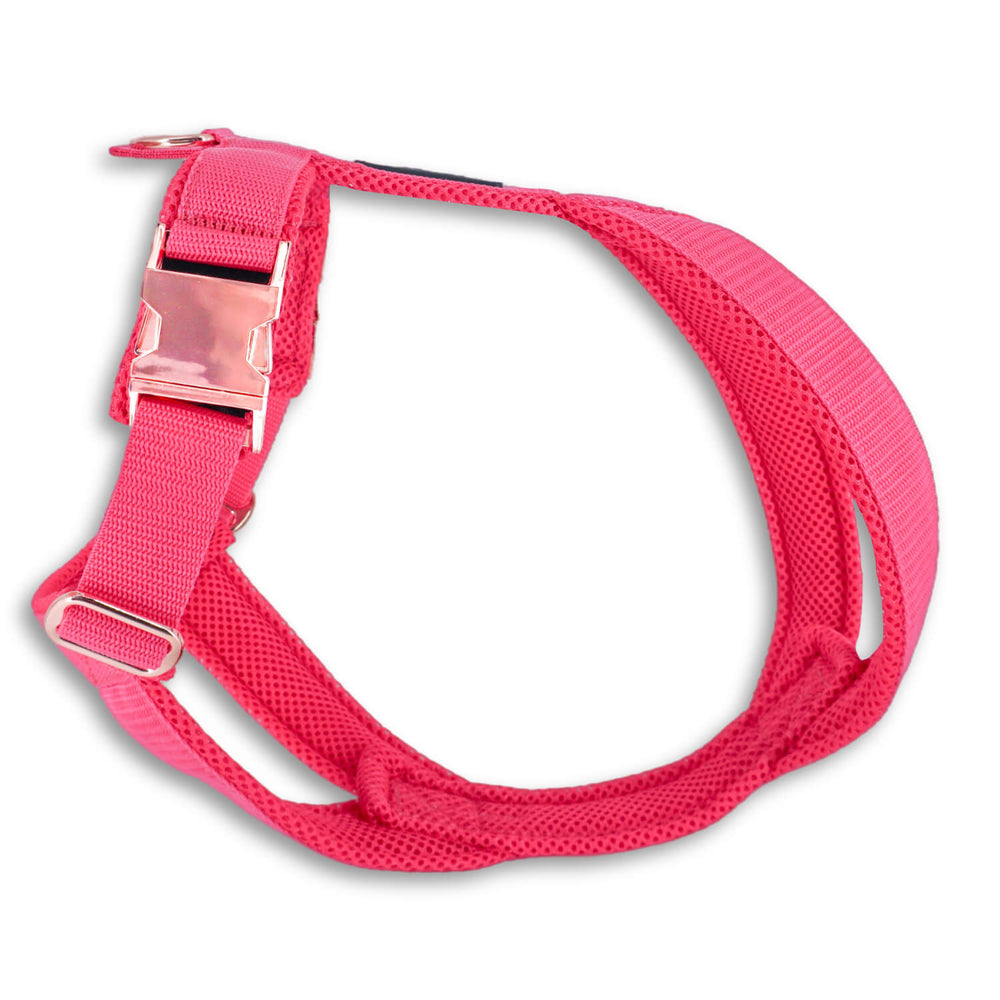
Leave a comment